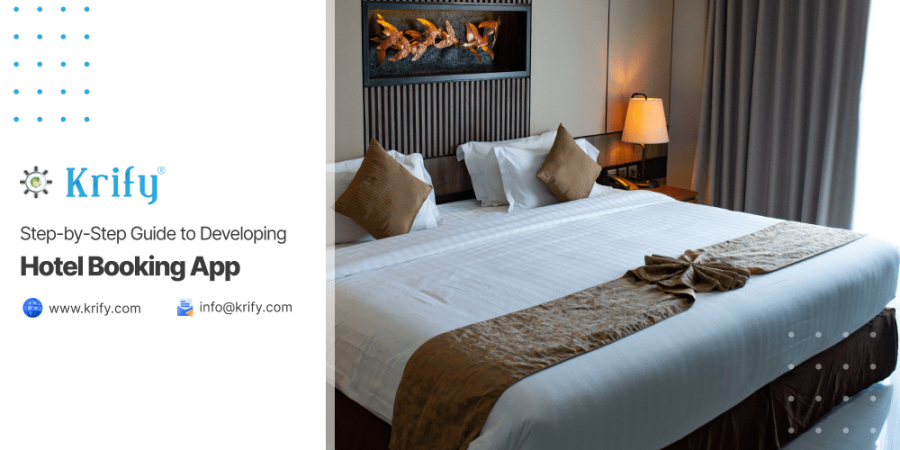Step-by-Step Guide to Developing a Hotel Booking App
In today’s fast-paced digital world, travelers seek convenience, flexibility, and reliability. With the growing demand, launching a Hotel Booking App in USA has become a promising venture. From planning vacations to scheduling business trips, a reliable app ensures everything goes smoothly. This step-by-step guide helps you build a robust booking app that meets user expectations and stands out in a competitive market.
Step 1: Conduct Market Research
First and foremost, start by identifying your target audience. Are you catering to budget travelers, luxury tourists, or business professionals? Then, study competitor apps to analyze their features, performance, and user reviews. This helps you understand what works and what doesn’t.
Additionally, pay attention to market trends, seasonal demands, and customer behavior. Once your research is comprehensive, proceed to create a strategic app development roadmap.
Step 2: Define Core Features
Next, outline the essential features your app will offer. These typically include:
- User registration and profile management
- Hotel search with filters (price, location, amenities)
- Room booking and calendar integration
- Secure payment gateway
- Booking history and invoice generation
- Reviews and ratings
- Customer support and chat
Beyond basic features, consider integrating loyalty programs and referral bonuses to enhance user engagement.
Step 3: Choose the Right Tech Stack
Moving forward, selecting the right technology stack ensures scalability and performance. For front-end development, React Native or Flutter is highly recommended. On the back end, use Node.js or Python, along with secure cloud storage like AWS. Database choices like MongoDB or MySQL support seamless data management.
Krify, a leading mobile app development company, excels in choosing the best tech stack tailored to your needs.
Step 4: UI/UX Design Planning
After setting the tech base, focus on user interface and user experience. A clean, intuitive layout enhances usability and encourages bookings. Use high-quality images, readable fonts, and smart navigation to offer a smooth browsing experience. Accessibility and responsive design should not be overlooked.
Step 5: Development & Integration
Once designs are finalized, development begins. Front-end and back-end developers work in parallel to ensure synchronization. Then, integrate third-party services like maps, payment gateways, or CRM tools. Throughout development, maintain open communication between teams for a cohesive product.
Step 6: Test the Application Thoroughly
Following development, rigorous testing is critical. Functional testing ensures every feature works. Usability testing checks for navigation and design issues. Performance testing evaluates the app’s speed and stability under different loads. Finally, security testing guards against data breaches and privacy violations.
Step 7: Launch and Promote
Now that your app is ready, it’s time to launch. Publish it on major platforms like the App Store and Google Play. Use ASO (App Store Optimization) techniques to improve visibility. Moreover, promote through social media, email marketing, and collaborations with travel influencers.
Step 8: Collect Feedback and Improve
Even after launch, your job isn’t over. Encourage user feedback and reviews to identify bugs or new feature requests. Keep updating your app regularly with performance improvements, UI upgrades, and new offers.
Krify: Your Trusted Partner
At Krify, we specialize in building scalable, intuitive, and high-performing Hotel Booking Apps in USA. From ideation to post-launch support, we ensure each step aligns with your business goals and user needs.
Contact Us today to transform your app idea into a real-world solution that delights users and drives results.
Similar Blogs
Hotel Booking App Development: Must Have Features and Cost Estimation



